PPT-Robert’s Rules of Order Newly Revised (RONR) A brief review of issues encountered while
Author : marina-yarberry | Published Date : 2019-11-03
Roberts Rules of Order Newly Revised RONR A brief review of issues encountered while I served as parliamentarian for the LFA now LFPA Presented by Ken Lohrentz 51314
Presentation Embed Code
Download Presentation
Download Presentation The PPT/PDF document "Robert’s Rules of Order Newly Revised ..." is the property of its rightful owner. Permission is granted to download and print the materials on this website for personal, non-commercial use only, and to display it on your personal computer provided you do not modify the materials and that you retain all copyright notices contained in the materials. By downloading content from our website, you accept the terms of this agreement.
Robert’s Rules of Order Newly Revised (RONR) A brief review of issues encountered while: Transcript
Download Rules Of Document
"Robert’s Rules of Order Newly Revised (RONR) A brief review of issues encountered while"The content belongs to its owner. You may download and print it for personal use, without modification, and keep all copyright notices. By downloading, you agree to these terms.
Related Documents

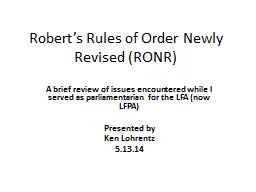
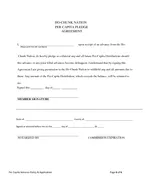
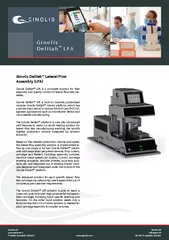


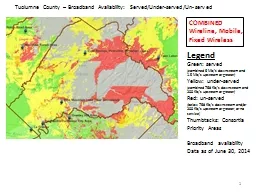
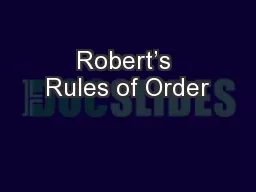

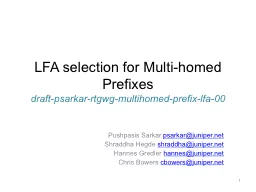


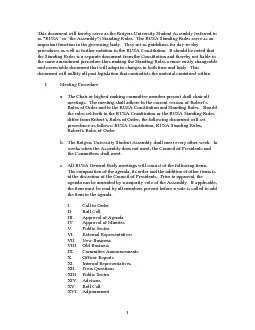
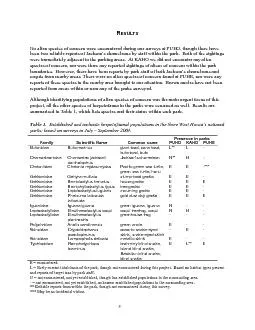
![[PDF READ ONLINE] Robert\'s Rules of Order in Brief: The Simple Outline of the Rules Most](https://thumbs.docslides.com/1019769/pdf-read-online-robert-s-rules-of-order-in-brief-the-simple-outline-of-the-rules-most-often.jpg)